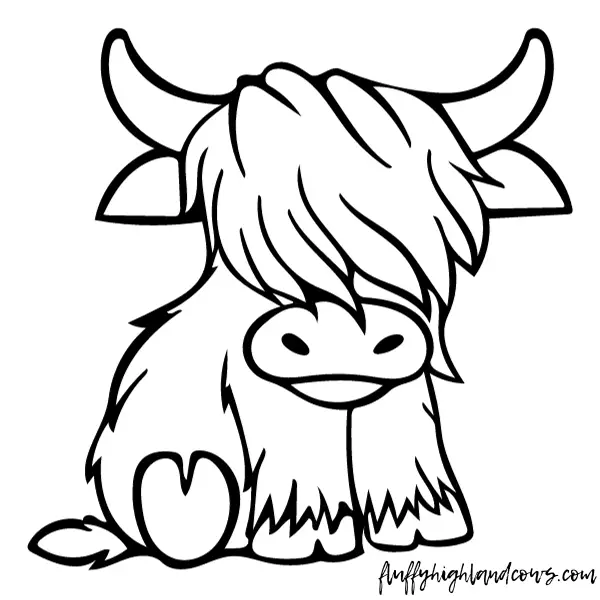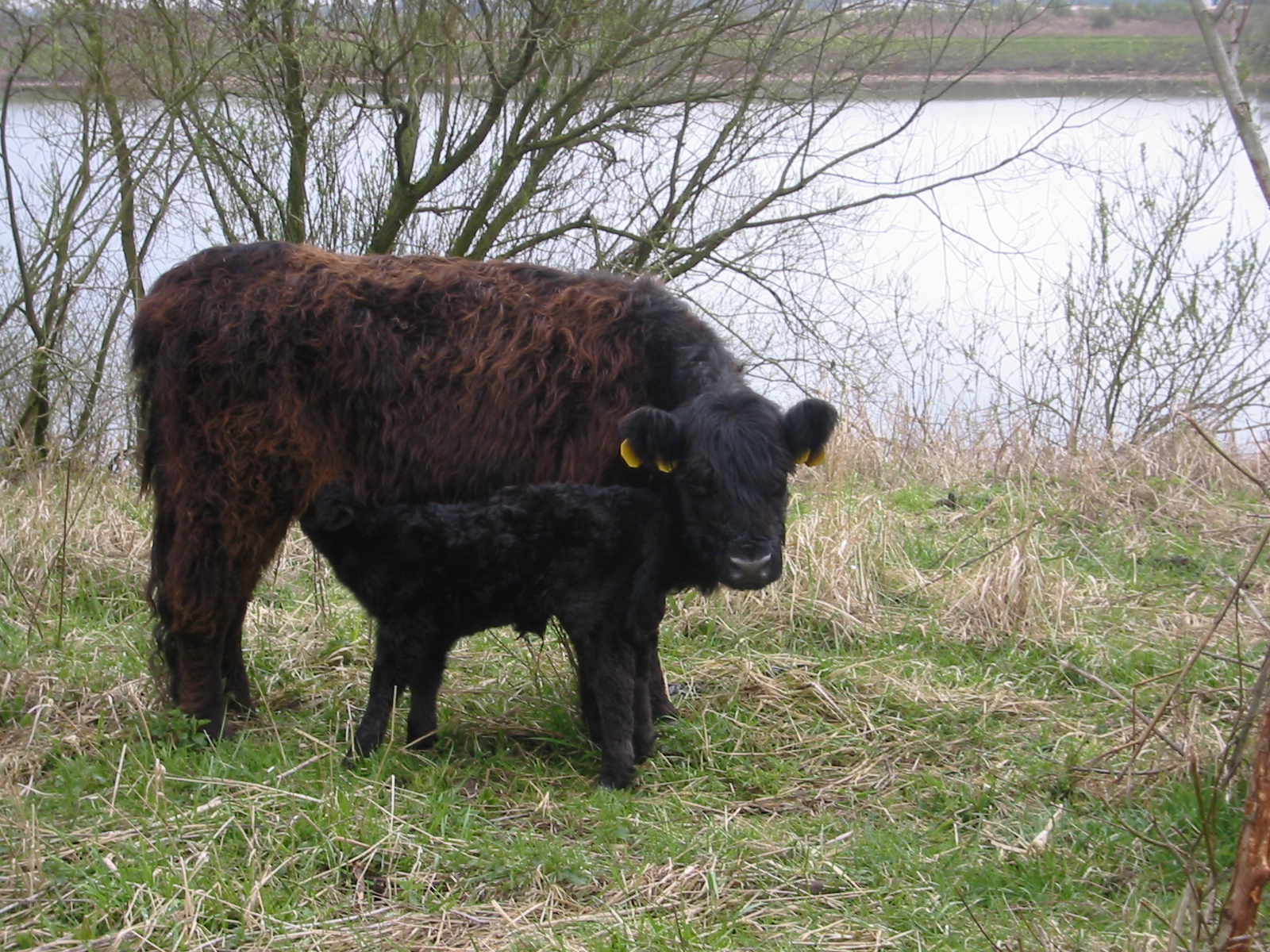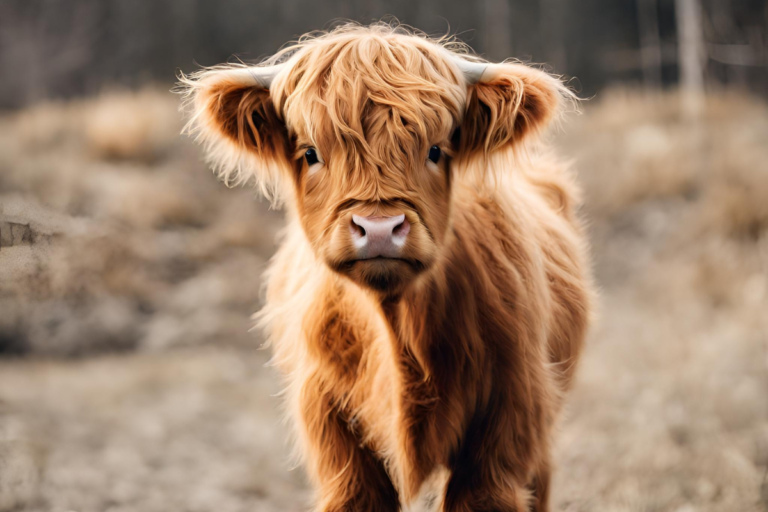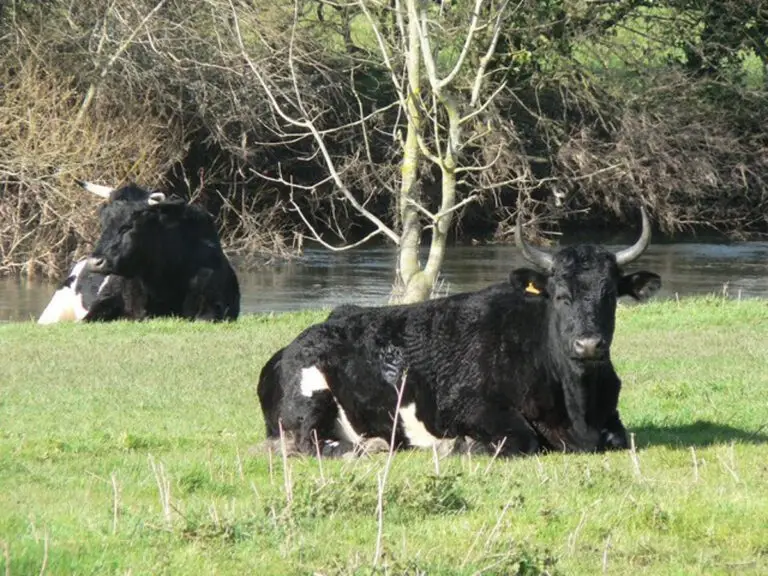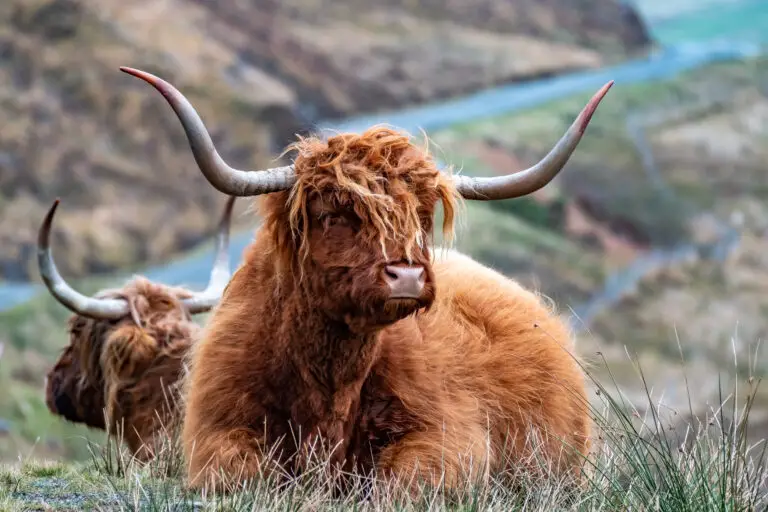Galloway Cattle: A Hardy and Historic Breed
Galloway cattle, originating from the rugged and remote hills of Galloway in Southwestern Scotland, are one of the world’s oldest and most distinctive cattle breeds.
Known for their hardiness, adaptability, and unique appearance, Galloway cattle have played a significant role in agricultural history and continue to be valued in modern farming.
This article explores the characteristics, history, and current significance of Galloway cattle, along with some additional unique traits.
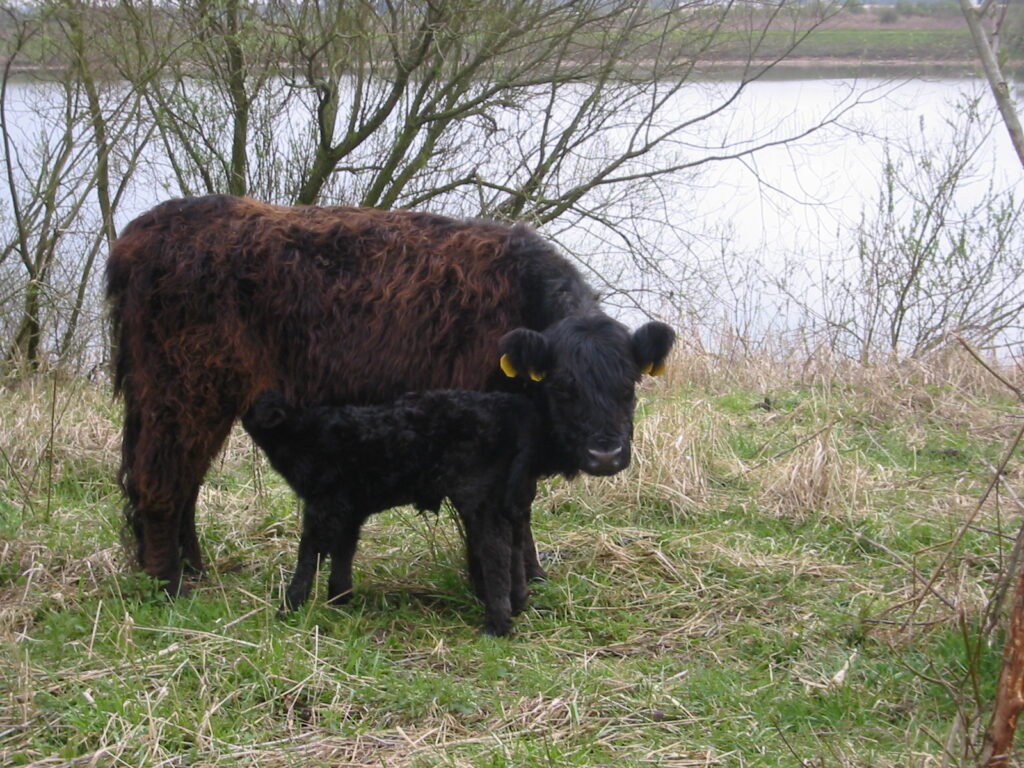
Historical Background
Galloway cattle are believed to have ancient origins, with their lineage tracing back several centuries to the now-extinct Celtic cattle.
Officially recognized in the 18th century, they are one of the oldest cattle breeds, known for their resilience and quality meat.
Physical Characteristics
Galloway cattle are medium-sized, with mature bulls weighing around 1,800 pounds and cows about 1,200 pounds.
Their most notable feature is their thick, double-layered coat, providing excellent insulation against harsh weather. The outer layer is long and coarse, while the undercoat is soft and dense.
Predominantly black, Galloways also come in dun, red, and belted varieties. Unique to the breed, they are naturally polled (hornless), which sets them apart from many other breeds.
Temperament and Adaptability
These cattle are calm and docile, making them a favorite among farmers for ease of handling. They are highly adaptable, thriving in various environmental conditions, from wet marshlands to dry uplands.
Their ability to forage on poor-quality vegetation and efficiently convert it into high-quality meat makes them an excellent choice for sustainable farming practices.
Meat Quality and Production
Galloway cattle are prized for their well-marbled, tender, and flavorful meat, rich in beneficial fatty acids. Their natural ability to produce such high-quality meat without grain supplementation makes them valuable in grass-fed and organic beef production systems.
Conservation and Modern Farming
Considered a rare breed, efforts are underway to preserve Galloway cattle’s genetic lineage. They are increasingly recognized for their role in conservation grazing, helping maintain and improve biodiversity.
In modern sustainable farming, they are valued for their environmental adaptability, low-input requirements, and exceptional meat quality.
Their disease resistance and easy manageability, along with their unique double coat, make them extremely versatile and able to withstand extremes of temperature and climate.
Comparison to Highland Cows
This table highlights the key similarities and differences between Highland cows and Galloway cattle, two breeds renowned for their hardiness, meat quality, and adaptability to challenging environments.
| Feature | Highland Cows | Galloway Cattle |
| Origin | Scottish Highlands | Galloway, Southwestern Scotland |
| Size | Medium to large; bulls around 1,800 lbs, cows around 1,100 lbs | Medium; bulls around 1,800 lbs, cows around 1,200 lbs |
| Coat | Long, flowing hair with a thick, woolly undercoat | Thick, double-layered coat with a long, coarse outer layer and a soft, dense undercoat |
| Color Varieties | Commonly reddish-brown, but can vary | Predominantly black, also dun, red, and belted varieties |
| Temperament | Generally docile and easy to handle | Known for being calm and easy to manage |
| Climate Adaptability | Highly adaptable to harsh, cold climates due to thick coat | Hardy and adaptable to various climates, especially effective in wet and cold conditions |
| Meat Quality | Lean, flavorful, and tender; known for high-quality beef | Well-marbled, tender, and flavorful; high-quality beef production |
| Sustainable Farming | Suitable for sustainable farming due to low maintenance and ability to graze on rough terrain | Valued in sustainable farming for their adaptability, low-input requirements, and meat quality |
| Horns | Efficient grazers, able to thrive on poor-quality vegetation | Naturally polled (hornless) |
| Special Characteristics | Iconic appearance and cultural significance in Scotland | Efficient grazers, able to thrive on poor quality vegetation |
Meat Quality: Both Highland and Galloway cattle are known for their high-quality meat. Galloway beef is often ranked high in flavor, tenderness, and juiciness. Highland beef is also highly desirable for its taste and is noted for being lower in cholesterol and fat compared to other beef.
Growth Rate: Galloway cattle may have a slightly faster growth rate compared to Highland cattle, which are considered a slower-growing breed. This aspect can be important for farmers considering the efficiency of meat production.
Crossbreeding: There is a practice of crossbreeding between Highland and Galloway cattle. This crossbreeding aims to combine the qualities of both breeds, such as the marbled meat of Galloway cattle and the lean meat of Highland cattle.
Size: While the general size comparison remains accurate, it’s noteworthy that Galloway cattle are sometimes described as smaller and easy calvers, which can be an advantage in certain farming situations.
A Long Hair Cow Breed
Galloway cattle, with their rich history, unique physical traits, and sustainable meat production capabilities, continue to be an important breed in the world of agriculture.
Their adaptability and hardiness not only make them suited for challenging environments but also position them as a key breed in the movement towards more sustainable and environmentally friendly farming practices.
As we look to the future of agriculture, Galloway cattle stand out as a breed that beautifully blends historical significance with modern relevance.
